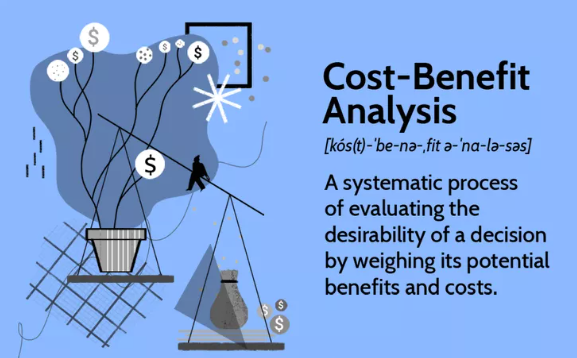In the dynamic world of software engineering, making informed decisions is paramount. Whether it’s choosing a development methodology, selecting a framework, or prioritizing features, every choice has implications. Enter Cost-Benefit Analysis (CBA) – a systematic approach to weighing the pros and cons of various alternatives to make the best decision.
Understanding Cost-Benefit Analysis
Cost-Benefit Analysis is a financial technique used to assess the strengths and weaknesses of alternatives in business decisions. In software engineering, it involves evaluating the costs (both tangible and intangible) against the benefits of a particular software project or feature.
Implementing CBA in Software Engineering
1. Identify Costs: This encompasses both direct and indirect costs.
- Direct Costs: Development hours, software licenses, hardware acquisitions, and training.
- Indirect Costs: Potential downtime, learning curves, or even the opportunity cost of not pursuing another project.
2. Estimate Benefits: This can be tangible or intangible.
- Tangible Benefits: Increased sales from a new feature, savings from improved efficiency, or reduced maintenance costs.
- Intangible Benefits: Enhanced user experience, brand reputation, or strategic alignment with company goals.
3. Calculate the Return on Investment (ROI):
- ROI = (Net Benefit / Cost) x 100
- Net Benefit = Total Benefits – Total Costs
4. Sensitivity Analysis: Given the uncertainties in software projects, it’s wise to run multiple scenarios (best case, likely case, worst case) to understand potential outcomes.
The Role of CBA in Software Decisions
- Feature Prioritization: When the development team faces a backlog of features, CBA can help prioritize them based on the value they bring versus the effort required.
- Technology Selection: Whether it’s choosing between two frameworks or deciding to build vs. buy, CBA provides a structured way to make an informed choice.
- Project Go/No-Go: For larger projects, a thorough CBA can be the deciding factor in whether to greenlight the initiative.
Challenges in Applying CBA to Software Engineering
While CBA is a powerful tool, it’s not without its nuances in the software realm. Estimating intangible benefits can be subjective, and predicting costs in a rapidly changing tech landscape can be challenging. It’s crucial to approach CBA as a guiding tool rather than an absolute determinant.
Conclusion
Cost-Benefit Analysis, when applied judiciously in software engineering, can be a game-changer. It offers a structured approach to decision-making, ensuring that resources are allocated effectively and projects align with organizational objectives.


